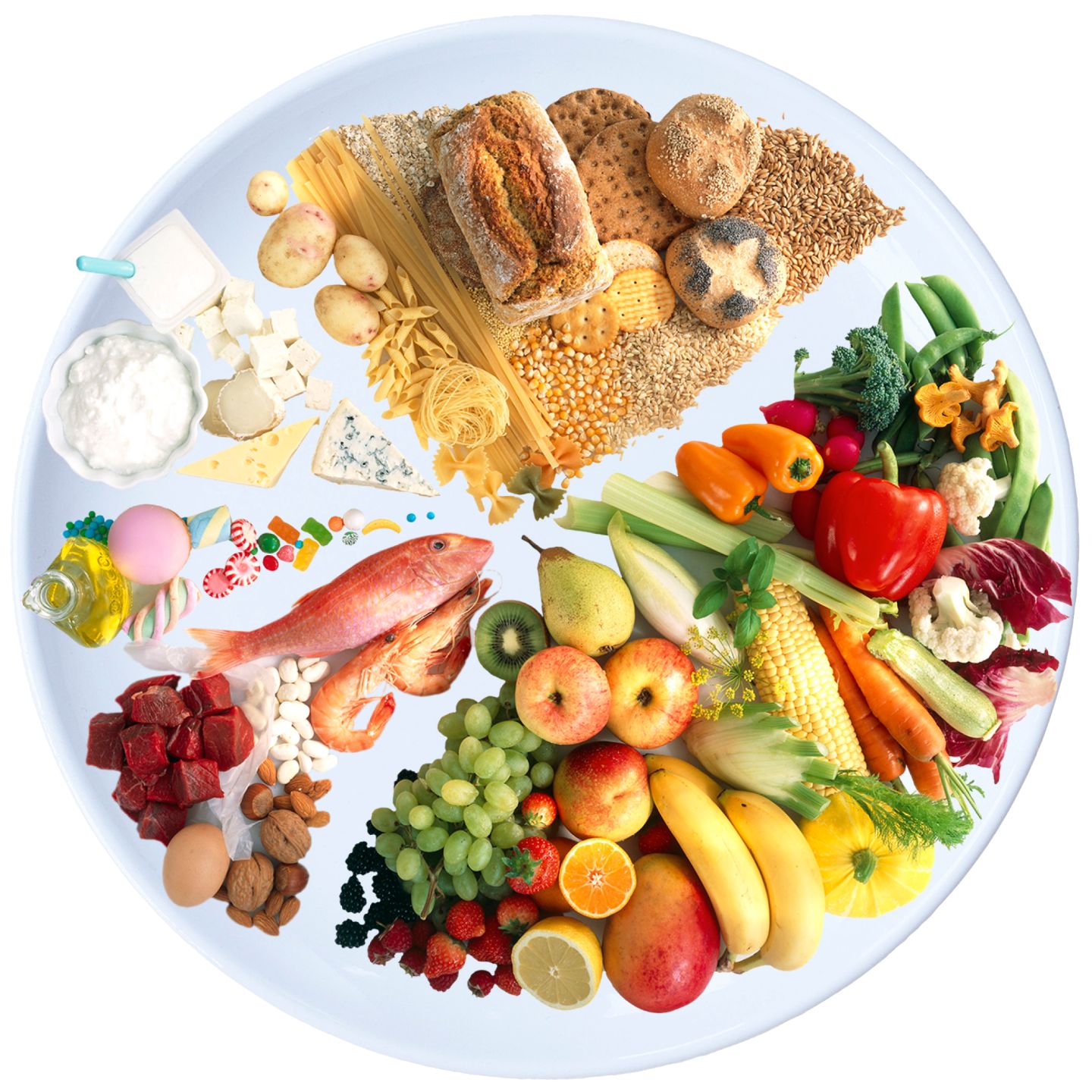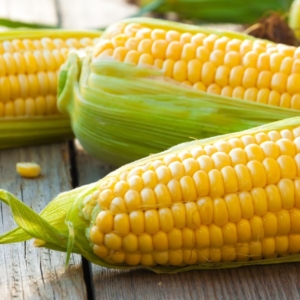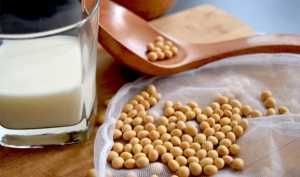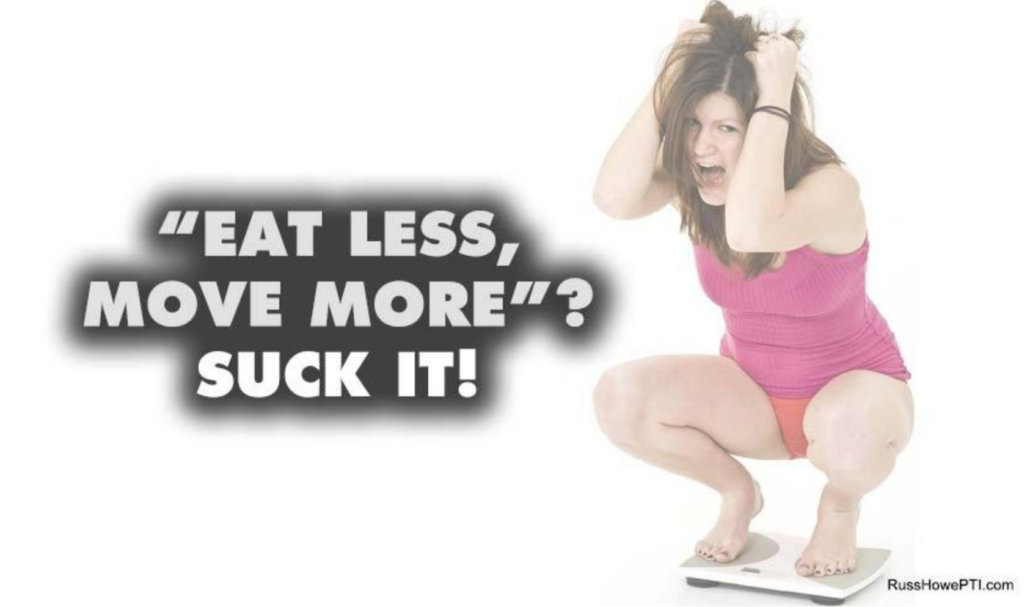How To Do A Challenge & Elimination Diet The Right Way
The Ultimate Guide
A challenge and elimination diet is used to help identify which foods are contributing to symptoms. Done right it is a valuable tool. Done wrong it could give you a false sense that foods that are responsible for your symptoms are not to blame.
It could more accurately be called an “elimination and challenge protocol,” because it involves first removing foods from your diet that you suspect are a problem for you, and then later reintroducing them one at a time, paying close attention to see if they bring a return of symptoms. It’s not a new way of eating as much as a strategy to get to the bottom of troubling symptoms you suspect may be rooted in foods you are eating. The whole point of a challenge and elimination diet is to figure out which foods to avoid so can actually heal your gut, reduce inflammation, and soothe your nervous system so your body can heal!
How to Do a Challenge and Elimination Diet
Read this whole document carefully before getting started. There are many nuances that can make the difference between successfully identifying culprit foods and making this whole thing a giant waste of your time and energy.
Step 1: The Elimination Phase 
The elimination phase involves removing all of the foods you suspect are an issue for you as well as foods that are notoriously problematic for a short period of time, typically 2–3 weeks.
Notoriously problematic foods include nuts*, corn*, soy*, dairy, citrus, coffee/tea, alliums, nightshades, gluten*, pork, eggs, food additives, and seafood. Make a careful list of all of the items you plan to eliminate and then challenge. You will need to avoid them strictly during the elimination for this to work. See the Secret Hiding Places Of Corn, Gluten, and Soy for more details.
Hopefully you will feel noticeably better after this initial elimination. If not, you will need to figure out more items to eliminate before beginning the reintroduction challenges. Sometimes the worst culprits are the most innocuous seeming foods, like chicken, broccoli, apple, ginger, beef, lettuce, or vanilla. Just because it is not a problem for the masses doesn’t mean it’s not a problem for you. A good rule of thumb is that if you eat it multiple times per week or is one of your staples, consider eliminating it.
You may be wondering if you could do this in phases, eliminating only some of the foods you suspect while postponing or ignoring others. Or maybe you feel confident that a food is not a problem because you’ve eliminated it in the past and felt no change…. I STRONGLY advise you to eliminate MORE items rather than LESS! If you only eliminate some of the foods, you may not feel much better overall, just as if you are sitting in two tacks, removing one will not make you feel 50% better!
This is a huge investment of your time, focus, and attention; this is an opportunity for life-changing discovery; don’t shoot yourself in the foot by assuming things are not a problem. Challenge more, not less! The entire process including the elimination may take 8-12 weeks (or more), or more, depending on how many foods you are eliminating. It’s only for a little while, not forever! (Food Intolerance Testing is a shortcut to figuring out what to avoid. If you want faster, better results, click here.)
Step 2: The Challenge Phase
The next phase is the reintroduction, or challenge phase, in which you bring eliminated foods back into your diet one by one, while carefully paying attention to return of symptoms.
Typical symptoms may include but are not limited to:
- stomach pain, cramps or bloating
- acne, rashes and skin changes
- joint pain
- brain fog
- headaches or migraines
- dizziness, vertigo, or ringing in the ears
- puffy hands, feet, or eyes
- significant overnight weight gain (more than a pound or two)
- fatigue, grogginess upon waking after adequate sleep
- increased mucus production
The symptoms you experience may be very individualized to you. The most important thing is to check in with yourself to see how you are feeling overall as compared to before the elimination began.
As you reintroduce each food, consider:
- How do you feel immediately after you eat the food?
- How do you feel an hour after?
- By bedtime?
- The next morning? (it is very helpful to weigh yourself since inflammation can be systemic.)
- And for 3 days following?
Some symptoms don’t show up for several days after consuming the food. This is why you will only reintroduce one food/food group every 4 days.
The amount you consume in a challenge should be a small portion. If on the first bite or two you feel any reaction, eat no more! You have your answer that this food is an issue and should be eliminated. Wait at least 4 days before trying the next food after you experience any symptom. This will give the food time to clear your system, and your immune system time to cool down before the next challenge.
NO REACTION: If you eat the one portion of the challenged food and have NO noticeable reaction, then eat another portion the following day. This is because the immune reaction can be cumulative. Then wait 3 more days. If you have no symptoms during that 4-5 day period, assume the food is okay to eat, and move on to the next food/food group the following day. Foods you deem okay can be returned to your normal diet.
YES REACTION: If you experience any negative symptoms then you have successfully identified a trigger food and it should be removed from your diet. Wait at least 4 days before trying the next food after you experience any symptom. The food will need time to clear your system, and for your immune system time to settle down. Keep track of problematic foods. Make a list you will be able to put on your fridge, shopping list, and keep handy on your phone as well (Tip: Take a picture of your list and save it to favorites to always have it handy.)
To make this whole process as easy on you as possible, start by challenging the items that are most painful for you to avoid. Like coffee if you are a coffee drinker, onion because it is so hard to avoid anyway, nuts if you love nuts, or whatever you miss the most. The one exception is gluten and all gluten containing products because of the insidious and cumulative effect they can have. Eliminate gluten (and dairy) for a minimum of 4 weeks before challenging them, and then give it some repeated exposures and extra time before moving on to the next item. I frequently hear of cases where gluten symptoms take 4-7 days to show up, so be extra careful when reintroducing this item.
Foods you identify as being a problem should be removed from your diet for 4-6 months before trying to reintroduce it again with the challenge protocol. The more severe the reaction, the longer you should wait before trying it again. If it does not pass the 2nd challenge, wait another 4-6 months before trying again. It is likely that eventually you’ll be able to return the food to your normal diet, at least on a rotational basis (not more than every 4th day).
What to Eliminate
The most effective elimination diets are the most restrictive. The more foods you remove during the elimination phase, the more likely it is that you will discover which foods trigger your symptoms.
There is a difference between foods and food groups that I want to highlight. When you introduce a food, it may or may not be indicative of how you would react to other foods in that group. For example, it is possible to have a negative reaction to wheat, but not to other glutenous grains. Or to lemons but not to orange or grapefruit. Or to walnuts but not to almonds or cashews. See below for additional suggestion on how to handle food groups.
Foods that are commonly removed during the elimination phase include:
Citrus fruits: Avoid citrus fruits, such as orange, lemon, lime, tangerine and grapefruit.
Nightshade vegetables: Avoid nightshades, including tomatoes, peppers, eggplant, white potatoes, cayenne pepper and paprika.
Allium vegetables: Avoid onions, garlic, shallot, leek, scallion, and chives.
Nuts: Avoid all nuts, including coconut–and peanuts (which are legumes). (Beware of nut oils and “may contain trace amounts of…”)
Legumes: Avoid all legumes, such as beans, lentils, peanuts, peas and soy-based products.
Soy*: Soy is a legume and particularly notorious, but you may be allergic to it and not to other beans, so challenge it separately.
Gluten*: Avoid wheat, barley, spelt, rye, kamut and products made with these ingredients. Also avoid gluten containing products.
Corn*: Avoid corn in all forms including corn meal, corn starch, high fructose corn syrup, modified starch
Processed foods: Avoid processed meats, cold cuts, and packaged foods that contain nitrites and nitrates, preservatives, food coloring, flavor enhancers, stabilizers, etc. These are extremely common culprits for symptoms, especially with children. Once your challenge is over, you can methodically reintroduce these items, but don’t muddle your results with extra variables.
Dairy: Avoid all dairy and dairy containing foods including milk, cheese, yogurt and ice cream.
Eggs: Avoid egg whites and egg yolks. Read ingredient labels carefully.
Caffeine: Avoid coffee, tea, soda, energy drinks, chocolate, and other sources of caffeine.
How to handle “food groups” as quickly and easily as possible.
In order to save time overall, it can be helpful to reintroduce a group all at once. For example, you might want to reintroduce nuts with a handful of mixed nuts. Sure, you may have a reaction to one kind of nut and not know which, or all nuts. But, if you have no reaction, you can assume all are fine. (Remember to eat a serving on 2 consecutive days and then wait 3 more days). If no return of symptoms, assume they are ok. (with nuts especially watch out for skin issues, like acne). If you DO have a reaction, then eliminate all nuts for 3 more weeks before testing each one, one by one.
You may want to do this with alliums as well, since it is common to find onion and garlic in the same place. If you love beans and want to bring them back quickly you could make a multi-bean soup for your reintroduction. It will be a pain to then go back and figure them out one by one if it does cause you a problem, so you may want to just reintroduce a few favorites one by one. And remember, if you haven’t challenged it, you cannot assume it is okay for you. You could be sensitive to an entire food group, or maybe just to one or two specific items in it.
Items with the *
* These items are notorious for being hidden in places where you would never expect to find them including toothpaste, toiletries, adhesives (don’t lick envelopes) and not easily identified additives in other foods and beverages, which can be called by many names. The key to avoiding these items is to become a fastidious label reader, and to familiarize yourself with the hidden names for them. Please consult The Secret Hiding Places Of Corn, Gluten, And Soy for a list.
Make It easy on yourself
If you find the idea of doing a challenge and elimination diet overwhelming, you have another option. You could START with a food intolerance test so you’re not guessing as to what to eliminate, and you’ll have a list of known “safe” foods. It will give you more freedom, and less restriction as you uncover your problem foods. On the downside, testing is expensive, but on the plus side you will very likely feel dramatically better within a few days of getting your results (if it is actually food sensitivities that are the root of your symptoms of course). Once you pass the 4-6 month mark you can then start reintroducing items one by one. It takes the stress and guess work out of the entire process!
I hope you find this guide helpful. If you have questions please email me at Linda@lindaliving.com






